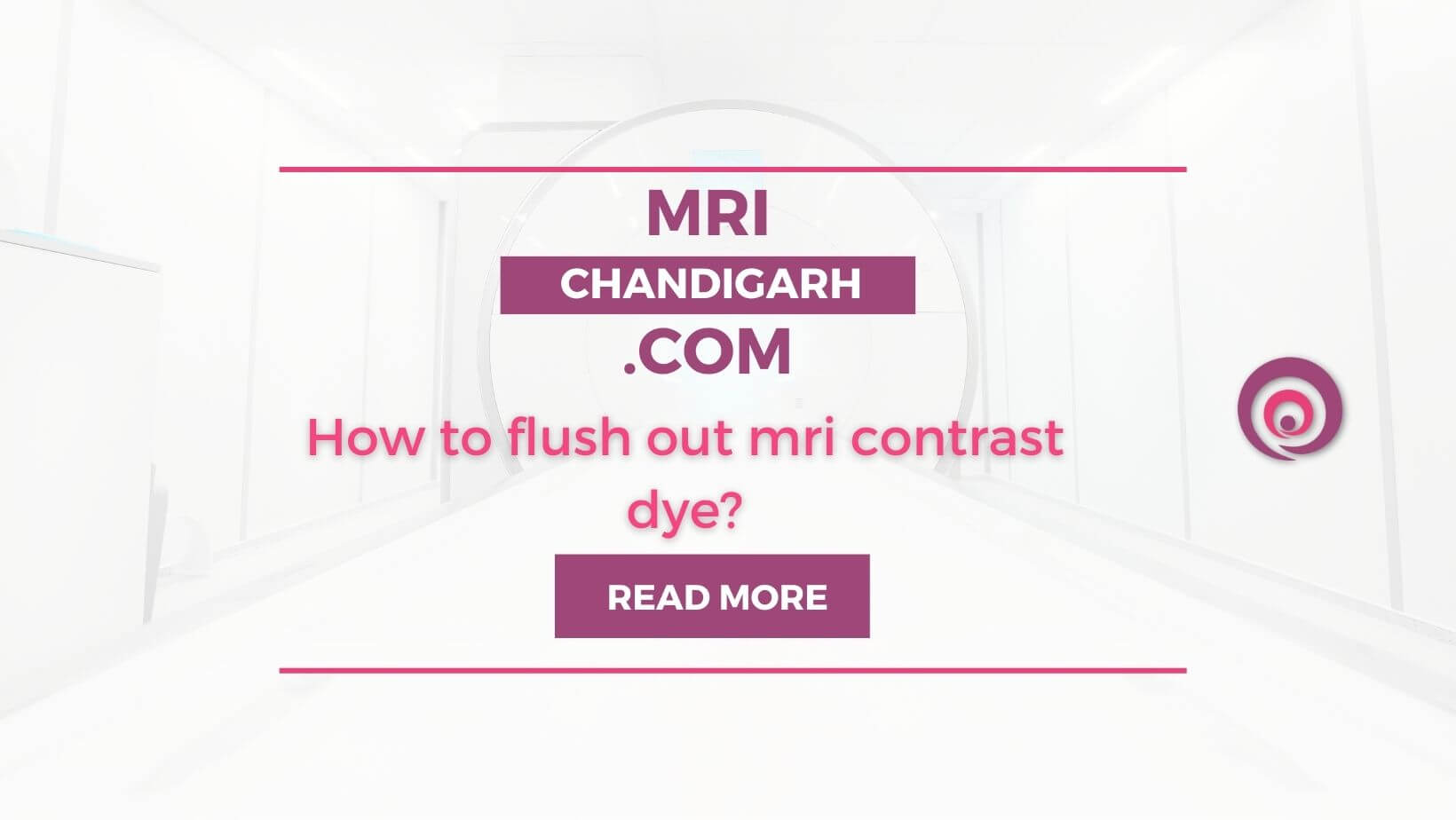How to Flush Out MRI Contrast Dye?
MRI Contrast Dye
Medical imaging techniques such as Magnetic Resonance Imaging (MRI) have revolutionized modern healthcare. MRI uses a contrast dye to produce a clearer image of the targeted area. However, the contrast dye can have harmful side effects, necessitating the need for flushing it out. In this article, we will explore why and how to flush out MRI contrast dye.
Explanation of MRI Contrast Dye
MRI contrast dye is a substance injected into a patient’s bloodstream before imaging to enhance the image’s clarity. The contrast agent contains gadolinium, a metal ion that temporarily changes the water molecules’ magnetic properties, making it easier for MRI machines to detect the area of interest.
Need for Flushing Out MRI Contrast Dye
While MRI contrast dye can enhance the quality of the image, it can also have harmful effects on the body. The body cannot metabolize the dye, leading to accumulation and toxicity. Therefore, flushing out the contrast dye is essential to minimize these effects.
What are the Risks Associated with MRI Contrast Dye?
Allergic Reactions
Some people may have an allergic reaction to the contrast dye, leading to anaphylaxis, a severe and potentially life-threatening reaction. Allergic reactions can manifest as hives, itching, or difficulty breathing. Prompt medical attention is necessary in such cases.
Nephrogenic Systemic Fibrosis (NSF)
People with kidney problems have a higher risk of developing nephrogenic systemic fibrosis (NSF) after exposure to MRI contrast dye. NSF is a rare but severe condition characterized by fibrosis of the skin and internal organs.
Other Risks
In rare cases, MRI contrast dye can cause a condition known as contrast-induced nephropathy (CIN), which leads to acute kidney injury. Additionally, the contrast dye can worsen pre-existing conditions, such as asthma or heart disease.
How Long Does MRI Contrast Dye Stay in the Body?
MRI contrast dye’s half-life is approximately two hours, meaning that half of the dye is eliminated from the body within that period. However, the dye’s clearance rate can vary depending on the patient’s age, renal function, and the type of contrast agent used.
Factors Affecting the Clearance of MRI Contrast Dye
Age, renal function, and the dose of contrast agent used can affect the body’s ability to clear the dye. Older people and those with impaired renal function take longer to clear the dye.
Ways to Flush Out MRI Contrast Dye
Increase Fluid Intake
Drinking plenty of water can help flush out the contrast dye from the body. It is recommended to drink at least eight glasses of water a day after the MRI scan to promote the excretion of the dye.
Diuretics
Diuretics are medications that increase urine output, helping to flush out the dye from the body. However, diuretics should be used with caution, especially in people with kidney problems.
Dialysis
In severe cases of contrast dye toxicity, dialysis may be necessary to remove the dye from the bloodstream. Dialysis is an invasive procedure that involves filtering blood through a machine.
Chelation Therapy
Chelation therapy involves administering a medication that binds with the contrast dye, facilitating its removal from the body. This procedure is invasive and should only be done under the guidance of a qualified medical professional.
Preparation Before MRI Contrast Dye Injection
Medical History Review
Before the MRI scan, a medical history review is necessary to identify any allergies or medical conditions that may put the patient at risk of adverse effects.
Kidney Function Tests
Patients with pre-existing kidney conditions require a kidney function test before the MRI scan to determine if it is safe to use contrast dye.
Hydration Instructions
Your doctor may provide instructions for staying hydrated before and after the procedure. Staying hydrated can help flush out the contrast dye more quickly and reduce the risk of complications.
Tips to Reduce the Risks of MRI Contrast Dye
In addition to flushing out the contrast dye, there are several steps you can take to reduce your risk of complications from MRI contrast dye:
Avoiding Certain Medications
Certain medications, such as nonsteroidal anti-inflammatory drugs (NSAIDs), can increase the risk of kidney damage from MRI contrast dye. Be sure to let your doctor know if you are taking any medications before your procedure.
Monitoring for Symptoms
After your MRI with contrast, monitor your symptoms for any signs of an allergic reaction or other complications. Symptoms to watch for include hives, itching, difficulty breathing, and swelling of the face, lips, tongue, or throat. If you experience any of these symptoms, seek medical attention immediately.
Use of Alternative Imaging Techniques
In some cases, alternative imaging techniques may be used instead of MRI with contrast to reduce the risk of complications. Your doctor may recommend a different type of imaging test, such as an ultrasound or CT scan.
FAQs About Flushing Out MRI Contrast Dye
Can I Drink Alcohol After an MRI with Contrast?
It is generally recommended to avoid alcohol for 24 hours after an MRI with contrast, as alcohol can interfere with the body’s ability to eliminate the contrast dye.
How Much Water Should I Drink After an MRI with Contrast?
Your doctor may recommend drinking plenty of water after your MRI with contrast to help flush out the contrast dye. However, the exact amount of water you should drink will depend on your individual needs and medical history.
Can MRI Contrast Dye Cause Kidney Damage?
In rare cases, MRI contrast dye can cause kidney damage, especially in patients with pre-existing kidney problems. Your doctor will perform kidney function tests before your procedure to determine if you are at an increased risk of complications.

Comments